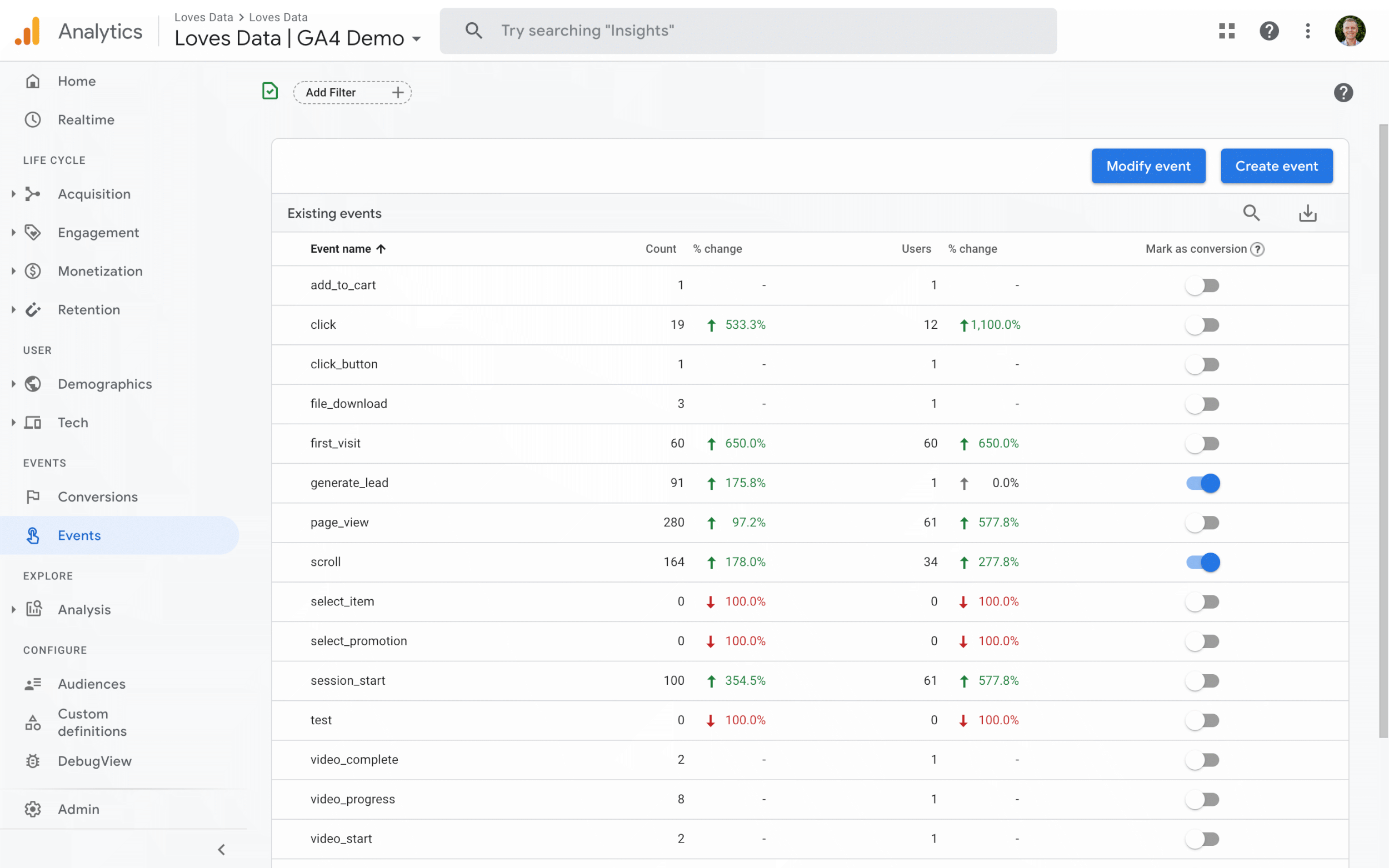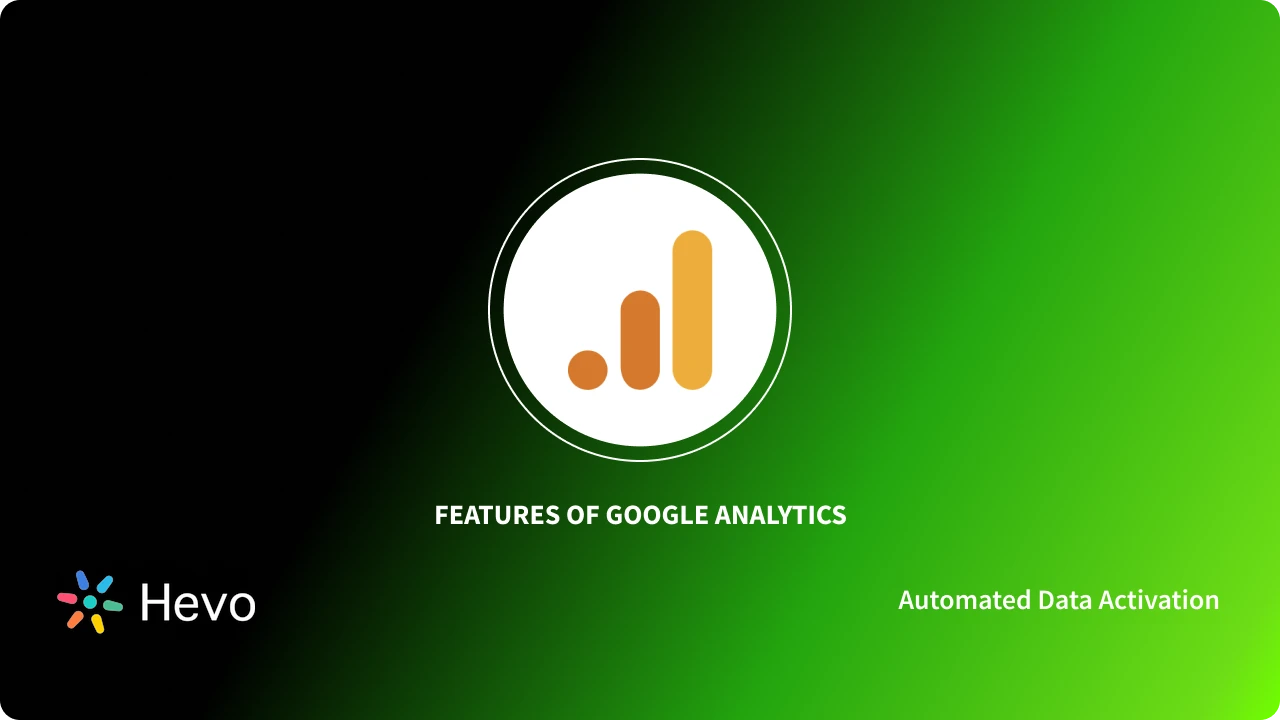Master Internet Site Insights With Accurate Google Analytics Monitoring Code
The reliable usage of Google Analytics pivots on the specific application of its monitoring code, a fundamental step often overlooked by website owners. What are the typical mistakes that could threaten your monitoring initiatives, and how can you ensure accuracy in your technique?
Recognizing Google Analytics Essentials
Google Analytics is a crucial tool for website owners and marketers, giving very useful understandings into customer habits and site performance. At its core, Google Analytics accumulates information regarding visitors to a web site, enabling customers to analyze metrics such as website traffic sources, user engagement, and conversion prices. Understanding these basics is important for optimizing an internet site's performance and enhancing individual experience.
The platform utilizes cookies to track communications, recording data such as page sights, session periods, and bounce prices. This details is accumulated and presented with adjustable control panels, making it possible for users to visualize patterns over time. Key efficiency indications (KPIs) can be monitored, such as the complete variety of customers, brand-new versus returning site visitors, and the geographical distribution of the target market.
In Addition, Google Analytics provides division attributes, permitting customers to separate particular web traffic sources or individual demographics for even more targeted analysis. By grasping these foundational aspects, internet site proprietors can make enlightened choices about material technique, advertising campaigns, and overall site improvements. Ultimately, understanding Google Analytics essentials is vital for leveraging data to drive growth and attain company goals efficiently.
Establishing Your Monitoring Code

Duplicate the supplied monitoring code and paste it into the HTML of your website. Preferably, this code needs to be placed in the header section of every page you wish to track. This guarantees that the tracking code lots before any other content, allowing it to record data properly. There are plugins available that streamline the integration procedure. if you are utilizing a material administration system (CMS) like WordPress.
After installment, confirm that the tracking code is operating appropriately by utilizing Google Tag Aide or the Real-Time reports in Google Analytics - when does the google analytics tracking code send an event hit to analytics?. This step is vital to verify that your information collection is precise and energetic, setting the foundation for informative evaluation
Typical Monitoring Code Issues
This might happen when the monitoring code is placed in the wrong area of the site's HTML, often leading to absent or incomplete information. In addition, having multiple instances of the monitoring code on a solitary page can result in inflated metrics, as user communications may be counted more than as soon as.
Another concern arises from using ad blockers, which can stop the monitoring code from executing entirely, thus skewing information. when does the google analytics tracking code send an event hit to analytics?. Additionally, failing to set up filters appropriately view it can lead to the exclusion of essential traffic sources or the inclusion of unwanted reference spam, misshaping the information accumulated
Site owners may likewise overlook the significance of tracking code updates, particularly when migrating to Google Analytics 4 (GA4) from Universal Analytics. Last but not least, inadequate testing before introducing changes can lead to undiscovered errors in the tracking code, better complicating information integrity. Resolving these usual concerns is crucial for ensuring exact monitoring and informative analytics.
Studying Web Site Data Effectively
Accurate information collection is just the initial step in leveraging Google Analytics; the genuine value exists in properly evaluating that data to drive informed decision-making. To achieve this, it is necessary to identify key efficiency indicators (KPIs) that straighten with your service goals. Focus on metrics such as conversion rates, individual interaction, and web traffic resources, as navigate to these guys these will provide insights into user behavior and the general efficiency of your website.
Utilizing Google Analytics' segmentation functions permits a much deeper understanding of your target market. By damaging down data right into details demographics, actions, and traffic networks, you can uncover fads and patterns that notify targeted approaches. Carrying out customized records and dashboards can simplify this process, making it possible for quick accessibility to significant data.
In addition, on a regular basis reviewing information fads in time assists to recognize anomalies and chances for renovation. Utilize visualization tools to existing data in a quickly digestible layout, facilitating more reliable communication with stakeholders. Ultimately, the capability to analyze internet site information effectively equips services to make tactical choices that boost customer experience, maximize advertising and marketing efforts, and drive development.

Best Practices for Accurate Monitoring
Executing effective tracking techniques i was reading this is crucial for getting trusted data in Google Analytics. To ensure exact tracking, start by properly setting up the Google Analytics tracking code on every web page of your site. This can be accomplished with a tag manager or by straight installing the code right into the HTML.
Next, configure your Google Analytics account to omit inner website traffic. This can be done by establishing filters that identify and get rid of brows through from your organization's IP address, consequently avoiding manipulated information. Additionally, use occasion tracking to keep an eye on details user communications, such as downloads or video plays, which conventional web page sights might neglect.
Consistently audit your tracking arrangement to confirm that all functions, such as objectives and ecommerce monitoring, are operating properly. Establish a regular identifying convention for your projects and occasions to facilitate easier reporting and analysis.
Finally, think about leveraging UTM criteria for projects to obtain understandings right into the efficiency of various marketing efforts. By following these best techniques, you can enhance the accuracy of your information collection and evaluation, inevitably causing even more enlightened decision-making for your web site.
Final Thought
By guaranteeing the tracking code is properly positioned and consistently audited, site proprietors can catch vital user communication data, thus promoting the recognition of key efficiency indications. Ultimately, a robust tracking framework enhances the capability to drive interaction and enhance overall internet site performance.

Insufficient screening prior to releasing modifications can result in undetected mistakes in the monitoring code, better complicating information integrity.Executing effective tracking methods is essential for obtaining trusted data in Google Analytics. By guaranteeing the tracking code is appropriately put and consistently investigated, site owners can catch essential user communication data, hence assisting in the identification of vital performance signs.